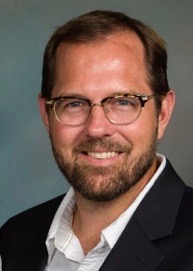Each year, the Berkley Center selects Georgetown juniors who are studying abroad to write blogs on religion, culture, politics, and society in their host countries. This year the RFP collaborated with the Junior Year Abroad Network (JYAN), asking students to comment specifically on issues of religious freedom and religious diversity in their host countries. RFP scholars offered commentary and responses to the students’ observations.
By: Sharanya Sriram (with a response from Ani Sarkissian)
On my first day in Copenhagen, my fellow students and I were assigned to a scavenger hunt, which had us visit three different churches—including the one where major state functions are held—within two hours. Following this, I was intrigued to begin interpreting the role of religion in Denmark and how Danes, who are mostly secular as a population, balance the state-endorsed religion with their personal lives.
Denmark was quite literally founded as a Christian nation; the runes of the Jelling Stones, carved in 965 CE during the Viking Age by King Harald Blåtand, mark the birth of the Danish state as the Christendom of Denmark. Since then, Christianity served a dynamic role in shaping Danish institutions and culture, becoming state-sponsored in 1536 and continuing as one of the constants in Denmark’s tumultuous political and territorial progress as a state.
The most prominent religion in Denmark is the Evangelical Lutheran Church of Denmark, known as the Dansk Folkekirke (Danish People’s Church). Over 75 percent of Danes identify with the church, and most attend services for holidays such as Christmas Eve and Easter, even though weekly church attendance is quite low—around 2.4 percent. Additionally, Danes frequently attend churches for family events, with the most common being christenings, weddings, and confirmations.
The Danish government maintains the position of minister for ecclesiastical affairs of Denmark, which has overseen church operations since 1916. Church members pay a church tax, which is often necessary for individual use of the church for family events, funerals, and cemetery space. The Folkekirke is also the only religious body in Denmark that receives state subsidies. Though freedom of worship is stipulated in the Constitution, Denmark’s history is characterized by limited immigration, which only began in 1980. Thus, there is a lack of religious diversity, though Islam is becoming the largest minority religion in Denmark, with about 3.7 percent of the population.
During my “Danish Language and Culture” class, we had the opportunity to speak with three native Danes, who come from different ethnic backgrounds and religions. While they explained that practicing other religions is quite uncommon in Denmark, the rising immigrant population has contributed to increasing religious diversity; Copenhagen’s first mosque was built last year, and the city also has a few synagogues. However, one interesting opinion that these Danes had was that due to the lack of strong religious participation within the Danish population, the Danes did not feel strange that their different religions did not have a visible presence in their lives.
I’ve observed that while religion does not currently play a large role in most Danes’ lives, the religiously motivated traditions and community cultural activities are important parts of Danish family life. Christmas, or Jul, is the most awaited time of the year for Danes. With celebrations beginning in early November, Danes use the holiday as a time to celebrate and gather with friends and family. Weekly julefrokost, or Christmas lunches, provide Danes with an opportunity to reunite with different groups of friends and enjoy a day of julehygge, or Christmas “coziness.” Christmas markets pop up across the country for families to visit, featuring several different Christmas sweets and drinks, traditional Christmas gift items, and local handmade goods.
Additionally, traditional activities focus on religious events as an expression of family bonding. For example, Danish families emphasize the tradition of coming together to make Christmas decorations on the first day of Advent. Though I will not have a chance to witness it this semester, I have heard that Danes celebrate Easter with the same community or family spirit, with activities such as sending creatively decorated “spring” letters to each other.
There’s nothing that says julehygge more than spending weekends making Christmas cookies and decorations with my host family and working our way through stacks of Advent chocolate calendars. While I’m still fascinated by how a state that is directly affiliated with a religion features a largely secular population, experiencing the Danish Christmas spirit and holiday cheer ultimately confirms my perception of the Danes as a tight-knit community, and it is also the perfect culmination of my semester here.
A response to Sharanya’s piece by RFP scholar Ani Sarkissian
Your description of religion in Denmark sounds like the archetypal secularized European society. While religious beliefs seem to have mostly disappeared (at least among the majority Lutheran Danes), cultural practices related to religion remain. If you are familiar with the ideas of scholars who subscribe to theories related to the economics of religion, you would not find this surprising. They argue that the decline of religion in Denmark can be explained by the fact that the state has supported religion for so many years. Through the church tax and other government institutions tied to the majority church, the state has created a monopolistic religious marketplace. Given the lack of religious competition, individuals no longer see the need to participate or support the majority religion, and levels of religiosity decline. What will be interesting to see is if an increase in religious diversity (due to immigration) will lead to an increase in religiosity among Danish Lutherans.
It is interesting that despite the lack of people in the pews on Sundays, Danes still celebrate religious holidays such as Christmas and Easter with gusto. We cannot forget that religion is not just about belief in the supernatural, but that it is an important form of social organization. People find comfort in the rituals and community created by religion, and even when they no longer believe in the religious teachings, they tend to carry on its customs. Many Danes may not even realize that their Christmas celebrations have religious connotations (in the same way that many Christians do not realize that their customs have pagan roots).
Sharanya Sriram is an undergraduate student in the School of Foreign Service, class of 2017, studying international politics with a focus on security studies. Ani Sarkissian is an associate professor of political science at Michigan State University (MSU) and an associate scholar with the Berkley Center’s Religious Freedom Project.
This piece was originally posted on the Junior Year Abroad Network blog on December 11, 2015. It was later republished on February 16, 2016 for the Religious Freedom Project at Georgetown’s Berkley Center for Religion, Peace, and World Affairs.
THE RFI BLOG

How Soccer Reveals Different Meanings Of ‘Secular’ In France And The US
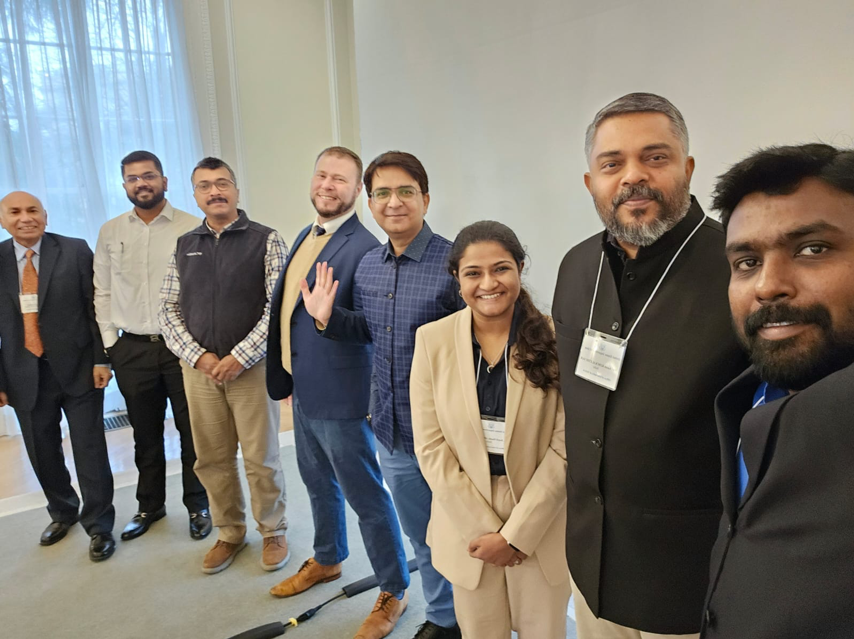
RFI’s Ismail Royer Meets with Delegation from India
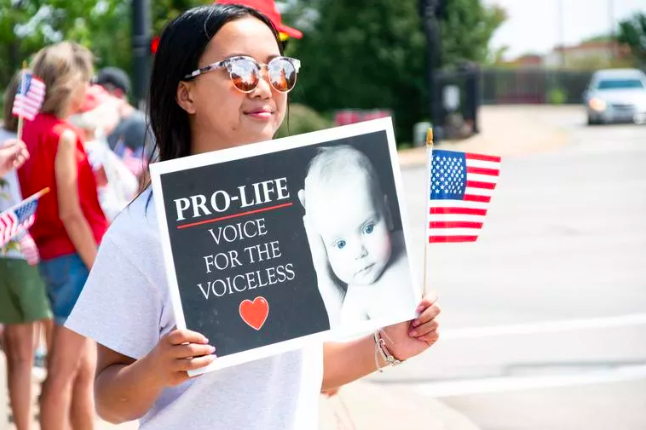
Protecting the Unborn, Mothers, and Medical Ethics: The Stakes of Arkansas’ Amendment
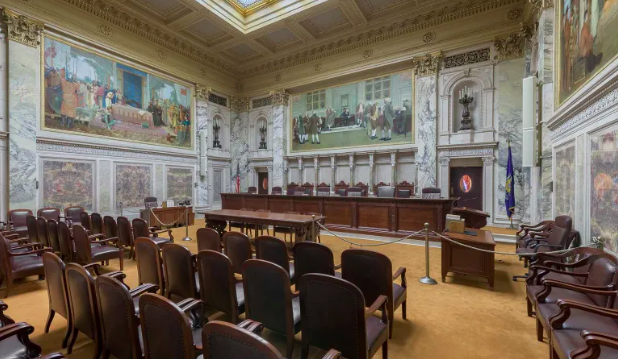
Wisconsin Supreme Court Punishes Catholic Charities for Serving Everyone
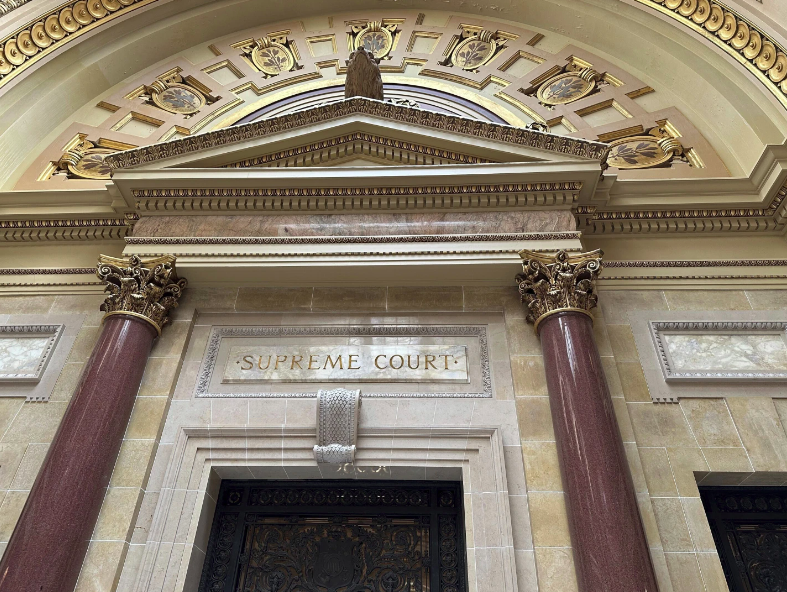
Wisconsin Supreme Court Decision Truncates Religion
CORNERSTONE FORUM

Public Bioethics & the Failure of Expressive Individualism

Religious Liberty in American Higher Education

Scotland’s Kate Forbes and the March of Secularism

70 Years of Religious Freedom in Sweden: Prospects and Challenges
